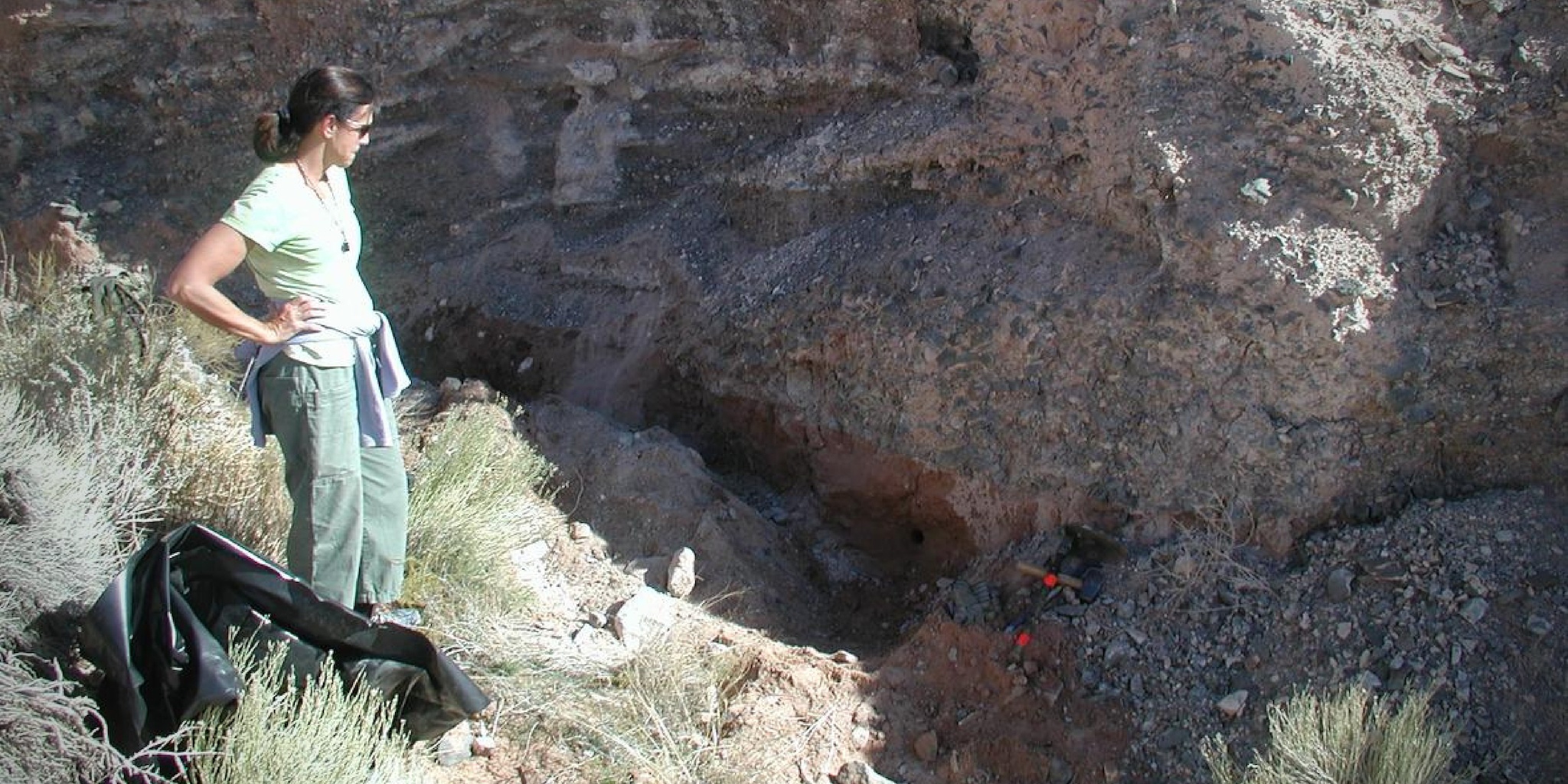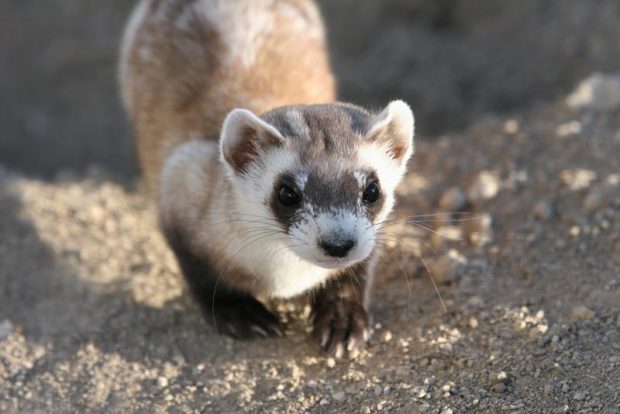We have much more to do and your continued support is needed now more than ever.
An Innovator in the Conservation Conversation: Dr. Margaret Hiza Redsteer

Dr. Margaret Hiza Redsteer is a research scientist at the U.S. Geological Survey, a professor, and an expert on climate change. Her interest in the effects of our changing climate isn’t just professional, it’s deeply personal. Born to a Crow Nation father and a white mother and raised in Story, Wyoming, she never expected to attend university ー but following her interests in water quality and access issues, she ultimately became a highly-awarded academic with a PhD in trace element and isotope geochemistry.
When she was 28 and raising her own family in the harsh environment of the Navajo Nation lands near Black Mesa, Arizona, she began to question the quality of the water they drank and bathed in. Water shortages and water quality issues are a fact of life on many reservations. She decided that educating herself about environmental science was the best way to help her family and her community, so she went back to school. She struggled to balance life as a single mother and a student, and made many personal sacrifices get her undergraduate degree at Northern Arizona University in Flagstaff. Then she won a National Science Foundation Fellowship to get her Masters in geology at Montana State University, and the U.S. Geological Survey offered her a graduate internship that would fund her doctoral research on the chemistry of volcanic rocks at Oregon State University.
Now, Dr. Hiza Redsteer uses both her experiences from life on the reservation and her academic studies in science to study and solve one of our biggest climate problems: Water. Her innovative research combines scientific methods with traditional knowledge to fill in gaps in historical climate data on tribal lands. She recently was an executive producer for a U.S. Geological Survey documentary entitled “A Record of Change—Science and Elder Observations on the Navajo Nation.” The film shows how a team made up of scientists, anthropologists, and translators was able to combine the local and historical knowledge of Navajo elders with new scientific studies to document environmental changes and find actual solutions for communities to adapt to water shortages.
Dr. Hiza Redsteer’s work to understand and solve water access issues and environmental degradation on tribal lands is critically important for both people and wildlife:
Native American lands have the best intact habitat remaining for much of the continent. The tribes own or have management authority over 95 million acres in North America. Their lands offer huge potential to save or restore wildlife.
Once widespread across western grasslands, the black-footed ferret is now one of the most endangered mammals in North America. Experts considered black-footed ferrets extinct until the 1980s, when the chance discovery of a small population of the animals in Wyoming led to a captive-breeding program and recovery effort. Ferrets have been reintroduced to some of their historical range on federal, tribal, state, and private lands in the Intermountain West and Plains. Tribal and public lands are some of the only places where these animals have a chance of recovery.

In the Navajo language, the black-footed ferret is called ‘Naa dloo lizhin’ and historically, its hide was used in traditional Navajo healing ceremonies.
According to the Black-footed Ferret Recovery Implementation Team, the biggest obstacle to ferret recovery today is lack of suitable reintroduction sites. In Arizona, the Navajo Nation participates in the conservation and reintroduction plan in partnership with the Arizona Game and Fish Department, U.S. Fish and Wildlife Service, the Phoenix Zoo, Hualapai Nation, Arizona State Land Department, and the Cholla Cattle Company. The recovery of the black-footed ferret is one of the many reasons that we should celebrate Margaret Hiza Redsteer’s innovative efforts to find solutions to climate change on tribal lands.
Dr. Margaret Hiza Redsteer is a woman in conservation that you should know about. If you want more information about her work, check out her USGS documentary here.





















